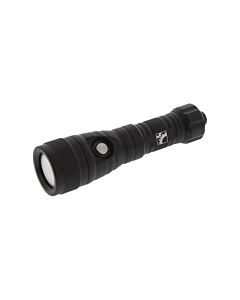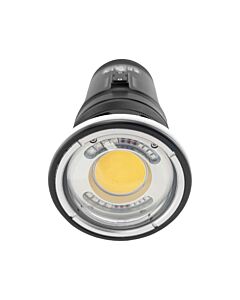Video & Photo Lights
-
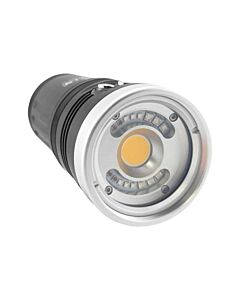 Kraken Hydra 6000 WRGBU V2$499.00
Kraken Hydra 6000 WRGBU V2$499.00 -
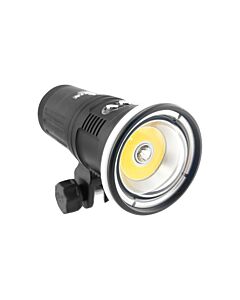 Kraken LTD 7000 Video Light$499.00
Kraken LTD 7000 Video Light$499.00 -
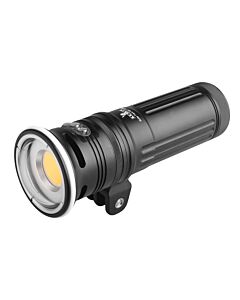 Kraken Solar Flare Mini 18000$799.00
Kraken Solar Flare Mini 18000$799.00 -
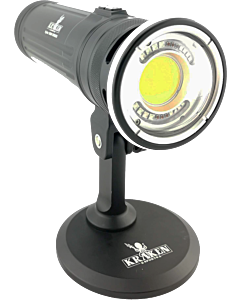 Kraken Hydra 15000 Wide RGB UV$1,099.00
Kraken Hydra 15000 Wide RGB UV$1,099.00
Care and Feeding of Lithium Chemistry Rechargeable Batteries
Dive light batteries have changed over the years as a result of advances in technology: originally lead-acid, then Ni-Cad, next NiMH, and now Li-ion chemistry has replaced previous technology in most rechargeable canister and handheld lights. Lithium-ion is a rechargeable battery technology that offers the advantage of longer burn times and almost zero self discharge, but even with recent advances there are safety concerns with Li-ion chemistry batteries that affect their transport. However, if the individual lithium-ion battery packs in your canister light are rated less than 100 watt-hours, and in some cases less than 160 watt-hours, they are approved for transport in the US on passenger aircraft.
Most handheld dive lights and canister lights now use lithium-ion rechargeable batteries, which have some specific recommendations for their care that differ from other types of rechargeable batteries. The important thing to remember is that the useful service of the life of the battery is more about the number of times it has been discharged and recharged (called a cycle) than the total amount of burn time. A typical lithium-ion consumer grade battery will last between 300 and 500 cycles, but improper handling can drastically reduce the number of charge cycles it will support or the amount of charge it can hold.
Many divers don't realize the nature of lithium-ion rechargeable battery chemistry is such that the batteries will have a much longer service life when they are stored with less than 50% charge. For maximum service life, lithium-ion chemistry rechargeable batteries should be stored with a partial charge, and if storing for an extended period then sealed in a moisture proof container at about {40°F | 5°C} (i.e. your refrigerator, but NOT the freezer). Especially don't keep batteries stored on the charger, besides being a safety issue this can have the effect of both keeping them fully charged and also frequently mini-cycling the battery which will cause them to wear out extremely fast.
If your light has removable batteries, take extra care to properly orient the battery polarity with the charger or dive light; the positive end of individual cylindrical lithium-ion batteries can be difficult to distinguish from the negative end because both ends look flat. Always orient batteries in the device by looking at the actual plus (+) and minus (-) polarity markings on the side of the body of the battery. Attempting to charge the battery with reversed polarity is likely to drastically shorten the life of the battery or may cause damage such that the battery will no longer hold a significant charge. Even worse is installing a battery with the polarity reversed in a light that holds several batteries in series and then turning on the light; the battery will be damaged due to overheating or may catch fire and explode. If there is more than one battery and especially if there is a carrier, double check to make sure all batteries are oriented correctly - many carrier designs have one battery that is oriented opposite from all the others.
During use, the electronic circuit in protected rechargeable batteries will normally prevent their over-discharging to the point of damage. However, if you want to maximize the service life of the battery then try to avoid burning the dive light until it goes completely out and do NOT recharge the battery immediately after diving. The best time to fully charge the battery is shortly before your next dive trip. Finally, keep in mind that heat is the enemy of battery life, so take care not to leave your dive light exposed to the hot sun. Allowing the batteries to get very hot from sun exposure during travel to and from the dive site or the surface interval between dives can drastically shorten the life of the battery.
